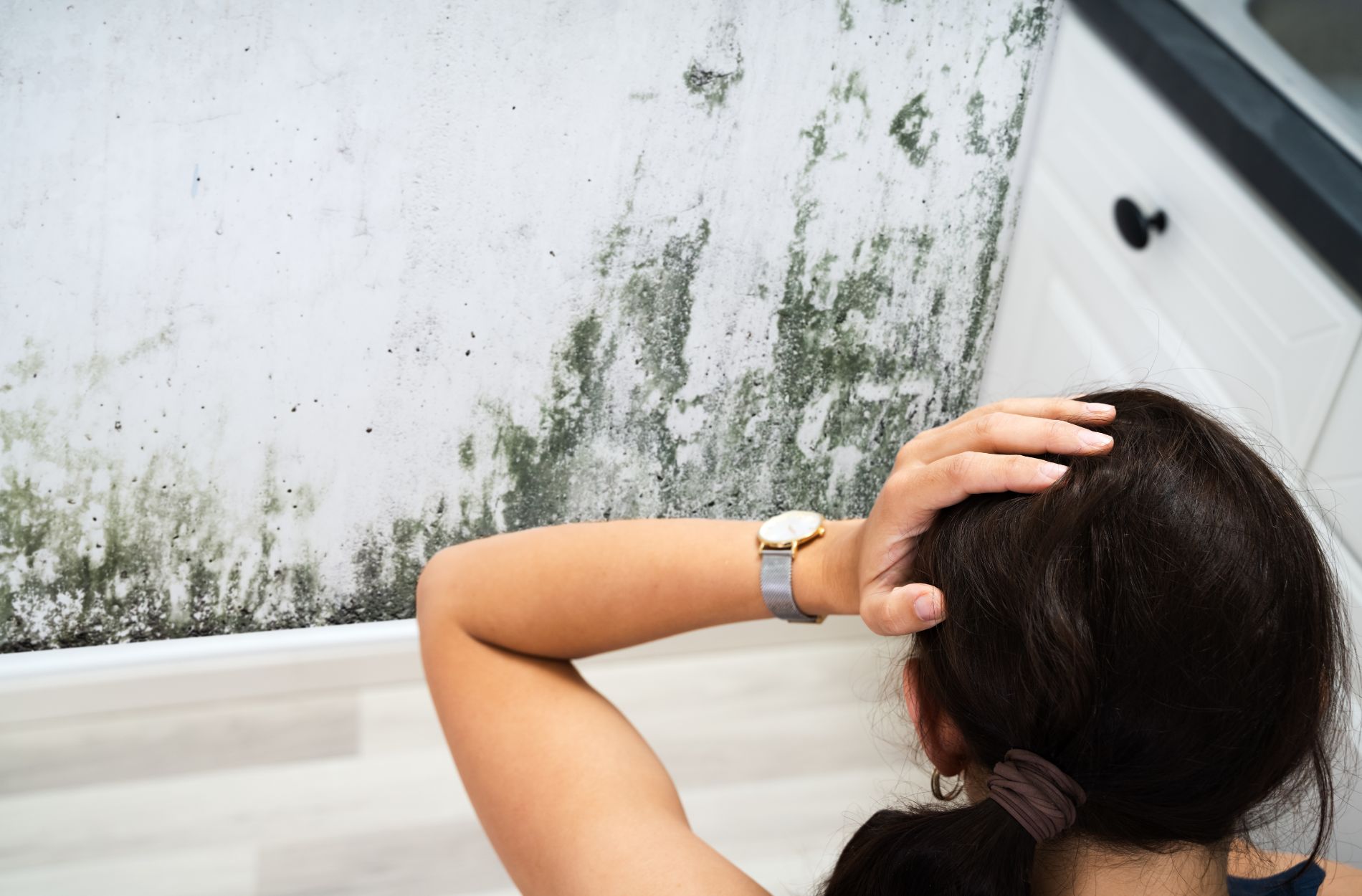Mold—it’s that pesky invader that slips in unnoticed, quietly setting up camp in the hidden corners of your home or business. And while it might seem harmless, even adding a certain ‘haunted house’ charm to an old basement, the truth is far from it. Mold is a silent threat, not just to your property, but to your health too.
Mold inspection is all about identifying whether you’ve got a mold problem in the first place. It’s like the detective work of the mold world. Then there’s mold testing. This is when we find out what type of mold we’re dealing with. After all, it’s only fair to know your enemy, right? And finally, there’s remediation—the grand finale in our mold-busting trilogy. This is where we kick that mold to the curb, clean up its mess, and make sure it doesn’t come back anytime soon.
So, whether you’re suspicious of a mold invasion, need to confirm the type of intruder, or are ready to wage war against these unwelcome guests, understanding the ins and outs of mold inspection, testing, and remediation is crucial to safeguarding both your health and property.
Health Risks Associated With Mold Exposure
Mold exposure can have serious consequences on human health, particularly for individuals with preexisting respiratory issues, allergies, or compromised immune systems. Some common health risks associated with mold exposure can include:
1. Allergic Reactions: Mold spores can cause allergic symptoms such as sneezing, runny nose, itchy eyes, and skin rashes in sensitive individuals.
2. Respiratory Issues: Inhaling mold spores can exacerbate asthma symptoms, trigger allergic reactions in the respiratory system, and lead to infections like bronchitis or pneumonia.
3. Irritation: Exposure to mold can cause irritation of the eyes, nose, throat, and skin, leading to discomfort and, in some cases, infections.
4. Toxic Effects: Some molds, such as black mold (Stachybotrys chartarum), produce toxins known as mycotoxins, which can have severe health effects, including neurological disorders and even death in extreme cases.
Common Signs of Mold Infestation
Detecting mold infestations early can help prevent further growth and reduce health risks. Some common signs of mold infestation in homes or commercial properties include:
1. Visible Mold Growth: Mold growth can appear as fuzzy or slimy patches of different colors, such as blue, green, black, or white.
2. Musty Odors: When mold grows, it releases microbial volatile organic compounds (MVOCs), creating an unpleasant, musty smell, a telltale sign of mold presence.
3. Water Damage: Staining, discoloration, or peeling paint on walls, ceilings, or floors may indicate a water leak – which often leads to mold growth.
4. Respiratory or Allergic Symptoms: Persistent health issues such as allergy symptoms, respiratory irritation, or infections among occupants may signify the presence of mold.
Best Practices for Mold Inspection, Testing, and Remediation
Professional mold inspection, testing, and remediation services play a crucial role in addressing mold infestations and safeguarding the health of occupants. Best practices include:
1. Inspection: A certified mold inspector conducts a detailed visual inspection of the property, along with moisture and humidity measurements, to identify potential mold issues.
2. Testing: If mold presence is suspected, the inspector collects samples for testing. This may involve surface testing, air testing, or bulk material testing. The samples are then analyzed in a laboratory to identify the type and concentration of mold spores.
3. Remediation Plan: Based on the test results, a remediation plan is developed that outlines the most effective course of action, considering factors such as mold type, severity, location, and extent of damage.
4. Remediation Process: The remediation process can involve various techniques, from simple cleaning using specialized mold solutions to materials removal and replacement in the case of extensive contamination. During the process, professionals use containment barriers and air filtration to prevent cross-contamination and spore spread.
Benefits of Mold Inspection and Remediation
Investing in professional mold inspection and remediation services offers numerous advantages for residential and commercial property owners:
1. Improved Indoor Air Quality: Removing mold from a property helps to enhance indoor air quality, reducing respiratory issues and allergy symptoms among occupants.
2. Structural Integrity: Ignoring mold growth can lead to the deterioration of building materials, undermining a property’s structural integrity. Remediation contributes to the preservation of property value and prevents costly repairs down the line.
3. Legal Compliance: Property owners are responsible for addressing mold hazards to ensure a safe living or working environment. Inaction can lead to legal and financial consequences, such as tenant disputes, penalties, and reduced property value.
4. Peace of Mind: Knowing that your property is free of hazardous mold growth allows you to enjoy a healthy and safe space without constant worry about potential health risks or property damage.
Why Expert Mold Testing is a Must-Have for Every Homeowner
Mold inspection, testing, and remediation services are vital for safeguarding the health and well-being of occupants while preserving property value and structural integrity. By understanding the health risks associated with mold exposure, recognizing the common signs of infestation, and being well-informed about professional inspection and remediation processes, property owners can make proactive decisions regarding mold management.
Elements Environmental Services is committed to providing top-notch mold inspection, testing, remediation, and other environmental services for clients on Oregon’s North Coast. Our team of experts is ready to help protect your health and property so you can breathe easy, knowing that your home or workplace is free of mold-related risks.

